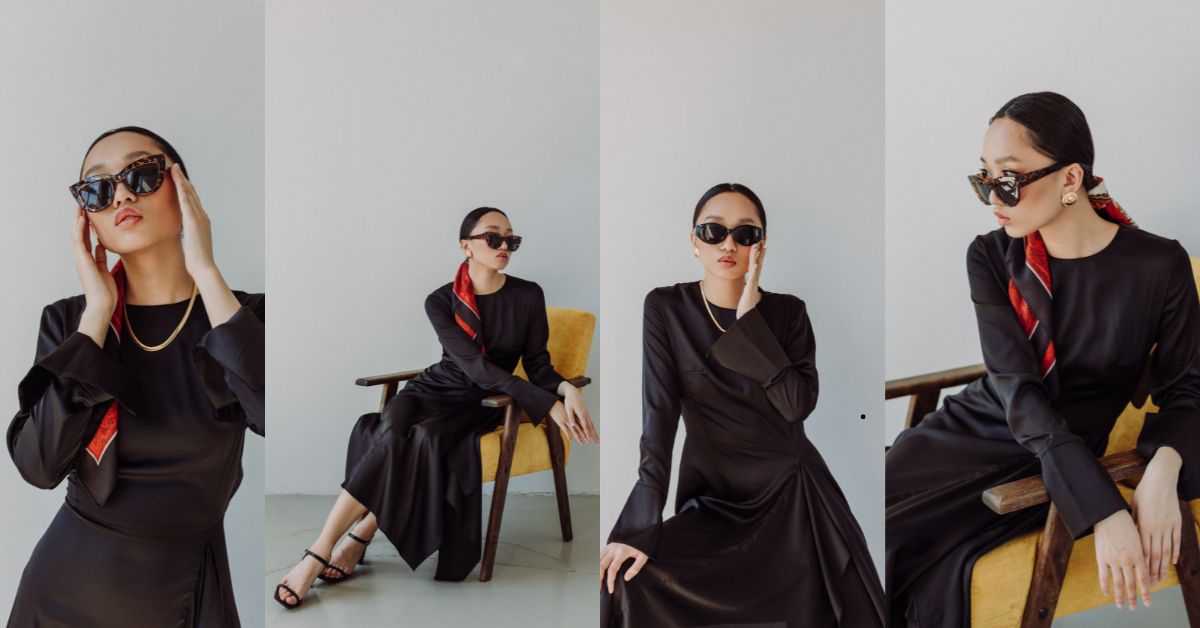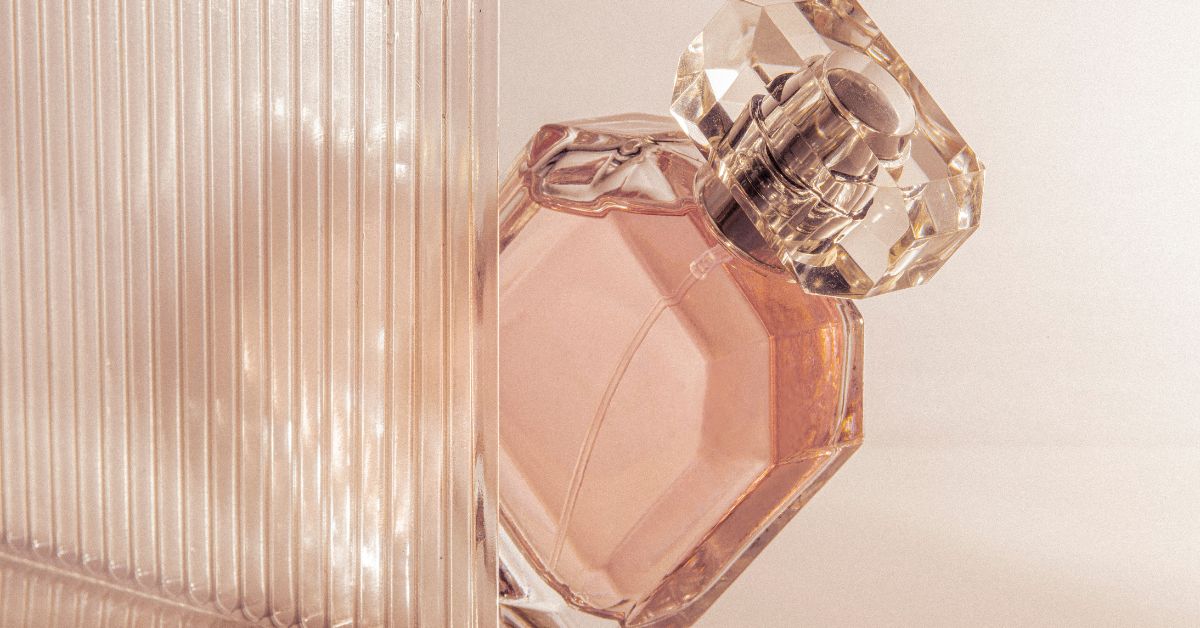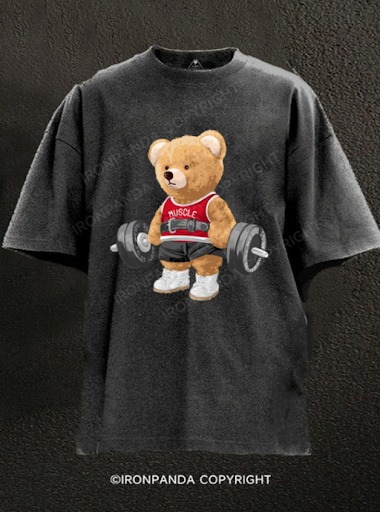The nordic fashion industry has emerged as a prominent force in the global fashion scene, gaining recognition for its clean lines, functional designs, and commitment to sustainability. From Sweden’s forward-thinking approach to Denmark’s contemporary style, the Nordic region has established itself as a hub for minimalist fashion that is as environmentally conscious as it is stylish. In this article, we will explore the key elements that define the nordic fashion industry, its rise to prominence, and the brands leading the charge in this movement.
The Evolution of the Nordic Fashion Industry
The nordic fashion industry has a relatively short but significant history in comparison to other global fashion capitals. The region’s fashion scene began to gain international attention in the 1990s, with Scandinavian brands like Acne Studios and H&M making waves in the global market. Over time, the industry has evolved into a powerhouse of innovation, known for its distinct aesthetic and commitment to social and environmental responsibility.
Nordic fashion is often characterized by clean, minimalistic designs, with an emphasis on functionality. The region’s harsh winters and short summers have influenced the practicality of its clothing, making layering, outerwear, and comfort key aspects of Nordic fashion. In addition to practical considerations, the nordic fashion industry has become synonymous with sustainability, with many brands adopting eco-friendly practices, using organic materials, and promoting ethical production processes.
Key Characteristics of the Nordic Fashion Industry
1. Minimalism and Simplicity
The nordic fashion industry is best known for its minimalist approach to design. Clean lines, neutral colors, and simple shapes dominate the collections of Nordic designers. The aesthetic focuses on creating timeless pieces that can be worn season after season, moving away from fast fashion trends in favor of enduring style.
Swedish brand Acne Studios, for example, is known for its modern and understated designs that emphasize form and function over embellishment. Similarly, Danish brand COS is celebrated for its simple yet elegant clothing that incorporates high-quality materials and craftsmanship.
2. Sustainability at the Core
Sustainability is not just a trend in the nordic fashion industry; it is a fundamental aspect of its identity. With growing awareness of environmental issues, many Nordic fashion brands have embraced sustainable practices, such as using organic or recycled materials, ensuring fair labor conditions, and minimizing waste during production.
One of the most prominent examples of sustainability in Nordic fashion is Swedish retailer H&M, which has launched several initiatives aimed at reducing its environmental impact. The brand’s Conscious Collection uses sustainable fabrics like organic cotton and recycled polyester, and its garment recycling program encourages customers to return old clothes for recycling.
Similarly, Norwegian brand Tom Wood focuses on using ethically sourced materials, such as sterling silver and recycled metals, in its jewelry collections. Many smaller brands in the region also emphasize eco-friendly production processes, making sustainability a cornerstone of the nordic fashion industry.
3. Functionality and Comfort
Due to the challenging weather conditions in the Nordic countries, the nordic fashion industry places a strong emphasis on functionality and comfort. Outerwear is a staple of Nordic fashion, with brands creating durable, weather-resistant coats and jackets that protect against the cold, wind, and rain.
For example, Swedish brand Fjällräven is famous for its durable outdoor gear, including jackets, backpacks, and trousers designed to withstand harsh conditions. Similarly, Denmark’s Helly Hansen has made a name for itself with high-performance outerwear designed for both city living and outdoor adventures.
While practicality is a key focus, comfort is equally important in Nordic fashion. Clothing is designed to be versatile, easy to wear, and comfortable, allowing individuals to move freely while still looking stylish.
4. Inclusive and Gender-Neutral Designs
The nordic fashion industry is also known for its inclusivity and focus on gender-neutral designs. Nordic designers are challenging traditional gender norms and creating clothing that can be worn by people of all genders. This approach reflects the region’s progressive social values and commitment to equality.
Brands like Swedish label Our Legacy and Danish brand Saks Potts feature collections that blend traditionally masculine and feminine elements, creating pieces that are versatile and accessible to all. The trend toward gender-neutral clothing in the Nordic fashion industry is gaining traction globally, with many other fashion capitals looking to the region for inspiration.
Leading Brands in the Nordic Fashion Industry
1. Acne Studios (Sweden)
Acne Studios is one of the most influential brands in the nordic fashion industry. Known for its clean, minimalist designs, the brand has become synonymous with contemporary Scandinavian style. Acne Studios produces everything from clothing to accessories and footwear, often incorporating modern art and cultural influences into its collections. The brand’s commitment to high-quality craftsmanship and sustainable production practices has solidified its place as a leader in the industry.
2. H&M (Sweden)
As one of the largest fashion retailers in the world, H&M has had a significant impact on the nordic fashion industry. The brand’s focus on affordability and accessibility has made it a global leader in fast fashion, but in recent years, H&M has shifted toward more sustainable practices. The brand’s Conscious Collection and recycling programs demonstrate its efforts to reduce its environmental footprint, aligning with the growing demand for eco-friendly fashion.
3. Saks Potts (Denmark)
Saks Potts is a Copenhagen-based fashion brand that has gained recognition for its luxurious yet playful approach to design. Known for its colorful faux fur coats and contemporary silhouettes, Saks Potts combines modern style with a sense of fun. The brand’s commitment to quality and ethical production has made it a standout in the nordic fashion industry, garnering a loyal following of fashion-forward individuals around the world.
4. Fjällräven (Sweden)
Fjällräven is a Swedish outdoor brand that has become an iconic name in the nordic fashion industry. Known for its durable, weather-resistant gear, including the famous Kånken backpack, Fjällräven combines style with functionality. The brand’s commitment to sustainability, including the use of eco-friendly materials and responsible production practices, has made it a favorite among environmentally conscious consumers.
The Future of the Nordic Fashion Industry
The nordic fashion industry is poised to continue its growth, driven by a commitment to sustainability, inclusivity, and innovation. As more consumers demand eco-friendly and ethical options, Nordic brands are at the forefront of this shift, leading the charge toward a more sustainable future in fashion.
The region’s focus on minimalism, functionality, and timeless design will continue to influence global fashion trends. Additionally, the rise of gender-neutral clothing and the push for diversity and inclusivity will further solidify the Nordic fashion industry’s position as a global leader in progressive fashion.
Conclusion
The nordic fashion industry is a testament to the region’s unique blend of style, sustainability, and innovation. With its emphasis on minimalist design, eco-friendly practices, and gender-neutral fashion, the Nordic fashion industry has carved out a distinctive place in the global market. As sustainability continues to be a driving force in the industry, brands from the Nordic region will undoubtedly remain at the forefront of this transformative movement, shaping the future of fashion for generations to come.




